The bathing machine was a strange device that was popular throughout the 18th and 19th century.
Most often, these were roofed, and walled wooden carts which were rolled into the sea and people used them to change their outfit so to wade in the ocean at beaches. Some carts were entirely made of wood, and others used canvas walls over a wooden frame. Some even had little windows on the side, often with curtains to make them more attractive for visitors.
An early appearance of the bathing machine is noted in Devon somewhere around 1735. They are also noted in 1750, in Margate, a seaside town in the proximity of Kent, England. The bathing machines were most prominent in Britain, and they quickly appeared in other parts of the British Empire, as well as in France, Belgium, Germany, and United States among other countries. In Britain, they remained in active usage on the English beaches until the 1890s.
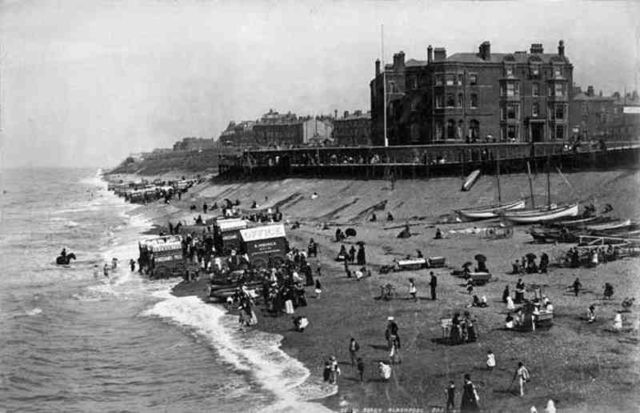
For decades, these oddly-looking beach time companions were part of the sea-bathing etiquette. The etiquette was more imposed on women than men. A great depiction of the device is given by the Irish author and scholar Walley Chamberlian Oulton who notes in his 1805 “The Traveller’s Guide“: “four-wheeled carriages, covered with canvas, and having at one end of them an umbrella of the same materials which is let down to the surface of the water, so that the bather descending from the machine by a few steps is concealed from the public view, whereby the most refined female is enabled to enjoy the advantages of the sea with the strictest delicacy.”
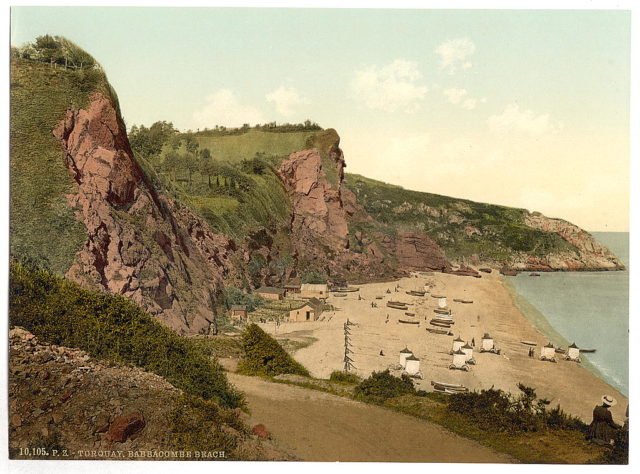
In Britain in particular, men and women were usually segregated so nobody of the opposite sex could catch a glimpse of them in their bathing suits. Contrary to what’s happening today at beaches, in those days, bathing suits were not considered a proper clothing in which one should be seen.
On some beaches, the cart was conducted by a horse (slightly hard to imagine). In a better scenario, steam-powered engines were used to pull and push the bathing machine in and out of the water. Whoever was up for some time at the beach, needed to pay a fee, sign on to a waiting list, then sit and wait for their turn. The waiting time was most likely spent in gossips, reading the newspaper or a book, and in some cases, in a quick nap.
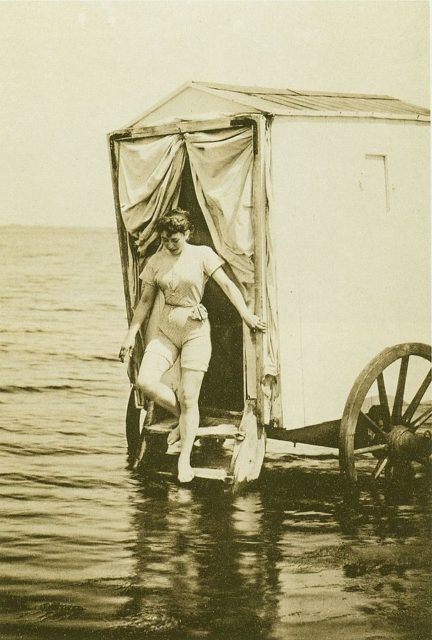
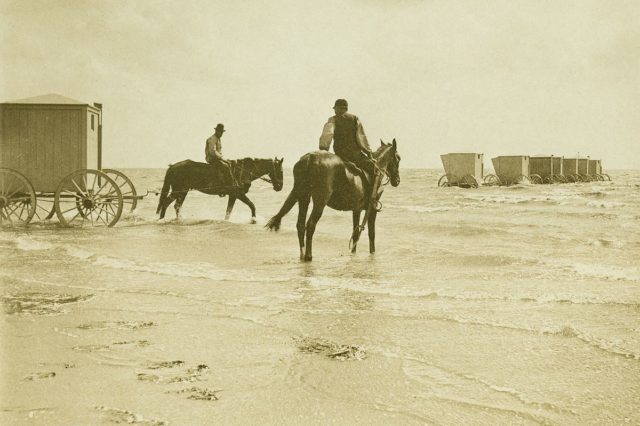
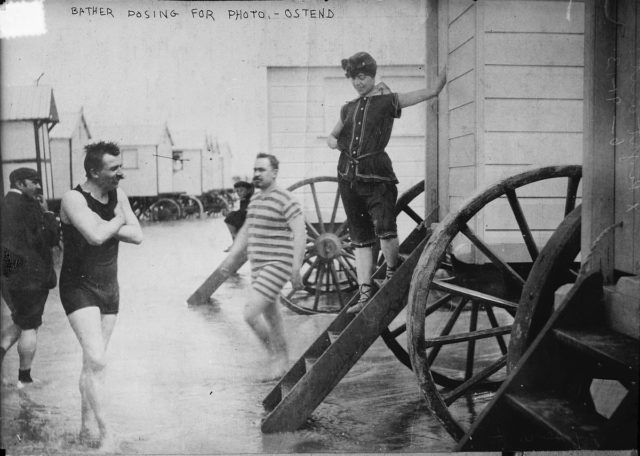
Once it was their turn, people would enter the bathing machine and change into bathing suits. The bathing machine would then be backed into the water until the rear door was on the same level as that of the water. People would use the rear steps to get into the water, without being seen by anybody else, and enjoy a quick dip.
Moreover, these were strange days at the beach. There weren’t any beach balls or water volleyball games whatsoever. Swimming was not a popular sport, and people hardly knew how to swim. One might be right to wonder: then why did people even go to the beach? Nevertheless, time spent on the ocean was considered time well spent for health benefits, and it was commonly consisted of sitting in the water.
At more luxurious beach resorts, people so-called “Dippers” were employed to help the clients in and out of the water, as well as to protect their privacy by keeping an eye to nearby bathers. Bathing machines may have been lucrative money machines for many, in particular, they brought high earnings to people who were living near the ocean and were smart enough to commence business with these devices.
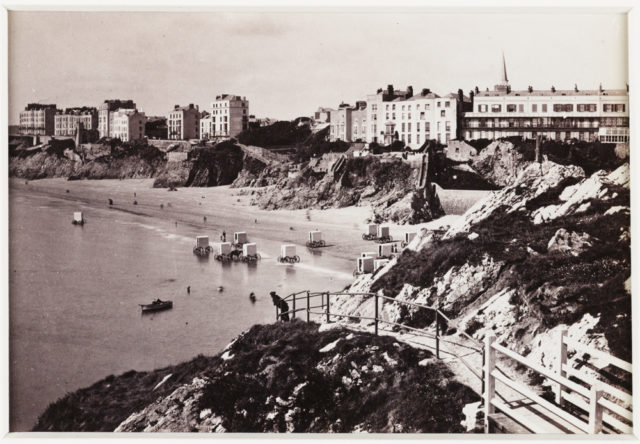
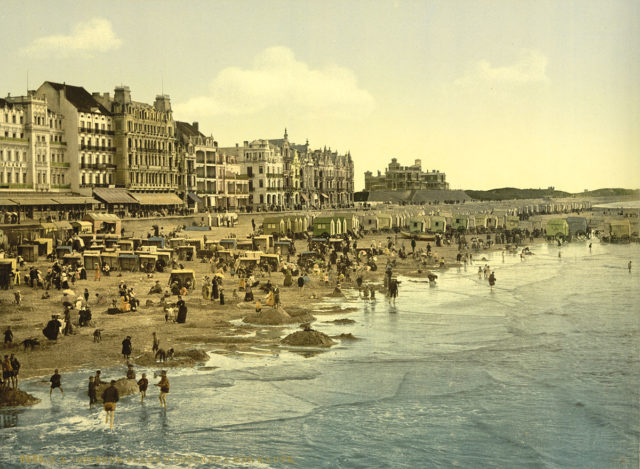
For over hundred and fifty years, that was most likely the typical day at the beach. Things began changing at the beginning of the 20thcentury. By 1901, England beaches stopped segregating by sex, and by then, bathing suits became more common, too. However, women still covered most of their bodies and used stockings to cover their legs. Standard bathing suits for men consisted of something like shorts and a tank top. On a side note, it was men who continued to insist on wearing hats on the beach, as well as in the water.
The bathing machines remained to fulfill their purpose as a changing room for a little longer, but they were parked on the beach instead of being rolled back and forth in the water. Most bathing machines disappeared from Britain by 1914. In other corners of the world, some have survived as bathing boxes.
